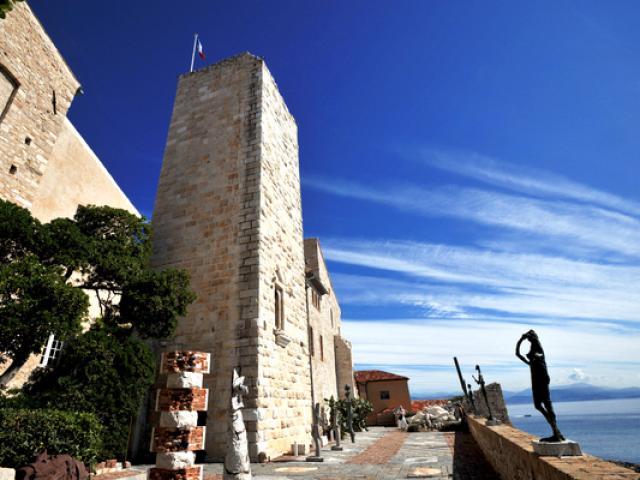From Spain to Provence and the Côte d’Azur
Pablo Picasso fell in love with the South of France’s inimitable quality of light and never ceased to explore the beauty of Provence and the Côte d’Azur, from Sorgues to Arles, Ménerbes, Vauvenargues, Juan-les-Pins, Antibes, Vallauris, Cannes and Mougins, where he died in 1973… These sunny lands, ceaselessly echoing his birthplace Spain, provided him with limitless sources of inspiration and forged his fame as an independent and visionary creator.




